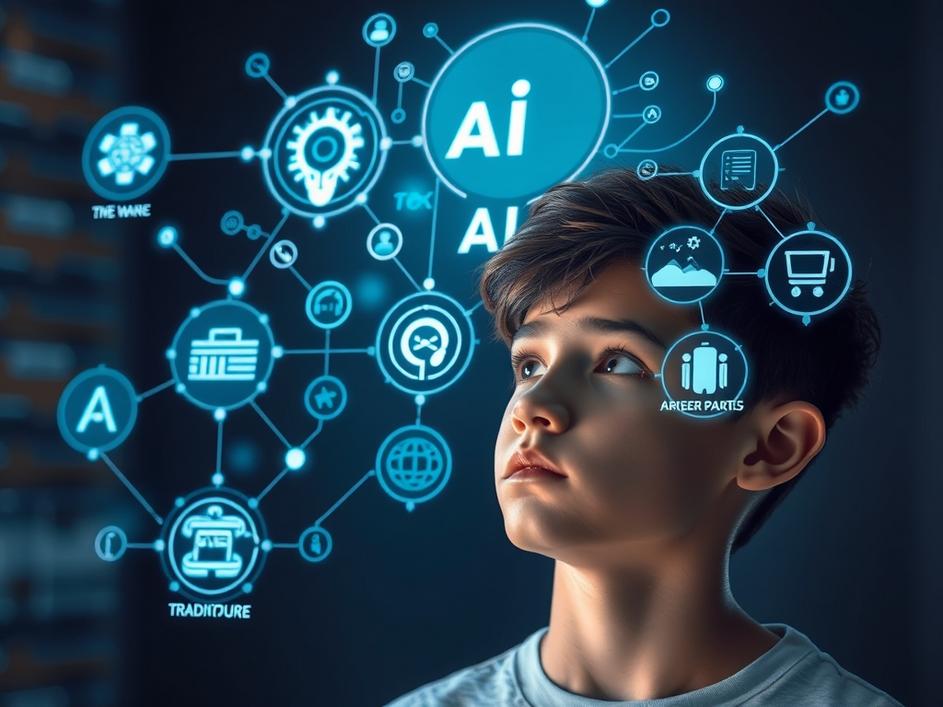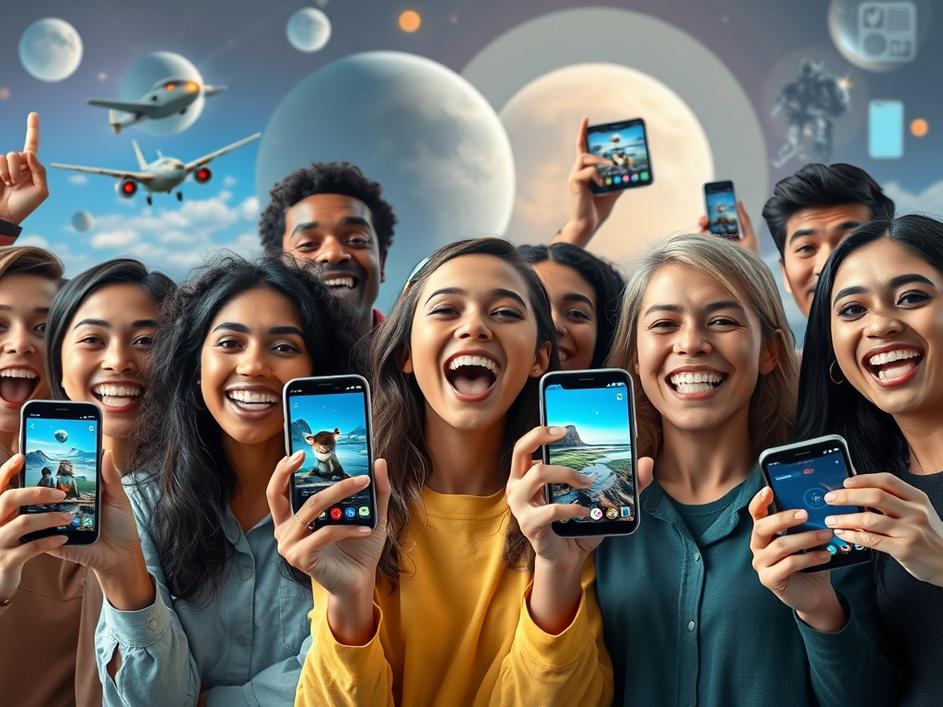


We are a digital agency helping businesses develop immersive, engaging, and user-focused web, app, and software solutions.
2310 Mira Vista Ave
Montrose, CA 91020
2500+ reviews based on client feedback

We used to think of art as paint on canvas, a chisel on stone, or a dancer on a stage. Technology, on the other hand, felt like circuits, code, and cold, hard data. But what happens when these two worlds don’t just meet, but truly merge? Something truly exciting, that’s what. It’s a shift happening globally, and a recent big event in Hangzhou, China, gave us a fascinating look into this evolving landscape.
What's Included?
ToggleThink about it. Not long ago, if you mentioned “digital art,” some people might have just pictured a basic computer drawing. Today, it’s so much more. Artists are using virtual reality to create immersive worlds you can walk through, artificial intelligence to compose music or generate images that feel incredibly human, and intricate coding to make interactive installations that respond to your presence. The old boundaries are fading fast. Art isn’t just about what you can see anymore; it’s about what you can experience, what you can interact with, and even what you can feel through new digital tools. This blend opens up endless possibilities for how we tell stories and share emotions.
This isn’t just a scattered trend; it’s a movement gaining serious momentum, and places like Hangzhou are becoming important hubs for it. When major institutions, like the China Academy of Art and others, come together to put on a show all about art and technology, it’s a big deal. It signals a serious commitment to exploring these new frontiers. Such events aren’t just exhibitions; they’re conversations. They gather brilliant minds – artists, scientists, engineers, thinkers – to share what they’re doing, debate what’s next, and inspire future creations. It provides a dedicated space where the cutting edge of human imagination and technological advancement can truly collide, fostering a unique ecosystem of innovation.
It would be easy to think these art and technology showcases are just about flashy new gadgets or impressive computer programs. But that misses the deeper point. What really matters is how these new tools help us explore what it means to be human in an increasingly digital world. Artists use technology not just to make something look cool, but to ask tough questions. How does AI challenge our ideas of authorship? Does virtual reality change how we connect with others? Can bio-art make us rethink our relationship with nature? My own take is that these pieces push us beyond simple aesthetics. They make us uncomfortable in a good way, forcing us to think about ethics, society, and our own place within this rapidly changing landscape. It’s art that doesn’t just entertain; it interrogates.
While this specific event happens in Hangzhou, the conversations it sparks echo around the globe. Every culture brings its own unique perspective to the intersection of art and tech. What might a Chinese artist, steeped in a rich tradition of landscape painting or calligraphy, do with generative AI? How might their interpretation differ from an artist in Berlin or New York? These diverse viewpoints are incredibly valuable. They ensure that this exciting field isn’t dominated by one way of thinking, but rather grows into a vibrant, multi-faceted tapestry of ideas. It’s a testament to the fact that while technology itself can be universal, its artistic application is deeply personal and culturally informed, enriching the global dialogue immensely.
So, why should we care about exhibitions blending art and tech, especially ones happening on the other side of the world? Because they offer a sneak peek into our shared future. The innovations explored in these galleries today often find their way into our daily lives tomorrow, from how we interact with our phones to how we experience entertainment, learn, or even work. These shows are living laboratories, demonstrating how creativity can guide technological progress towards more humane, thoughtful, and expressive ends. They remind us that technology isn’t just a tool for efficiency; it’s also a powerful medium for beauty, introspection, and connection. They help us envision a future where technology doesn’t just serve us, but truly elevates the human spirit.
The meeting point of art and technology isn’t just a fascinating trend; it’s a vital space for understanding where we’ve come from and where we’re headed. Events like the one in Hangzhou aren’t just showcasing cool new things; they’re shaping our collective imagination and pushing the boundaries of what’s possible. It’s a reminder that true innovation often comes when we bravely step across lines, blending disciplines, and letting our curiosity lead the way into brave new worlds. The future isn’t just technologically advanced; it’s beautifully and thoughtfully crafted.



Leave a reply